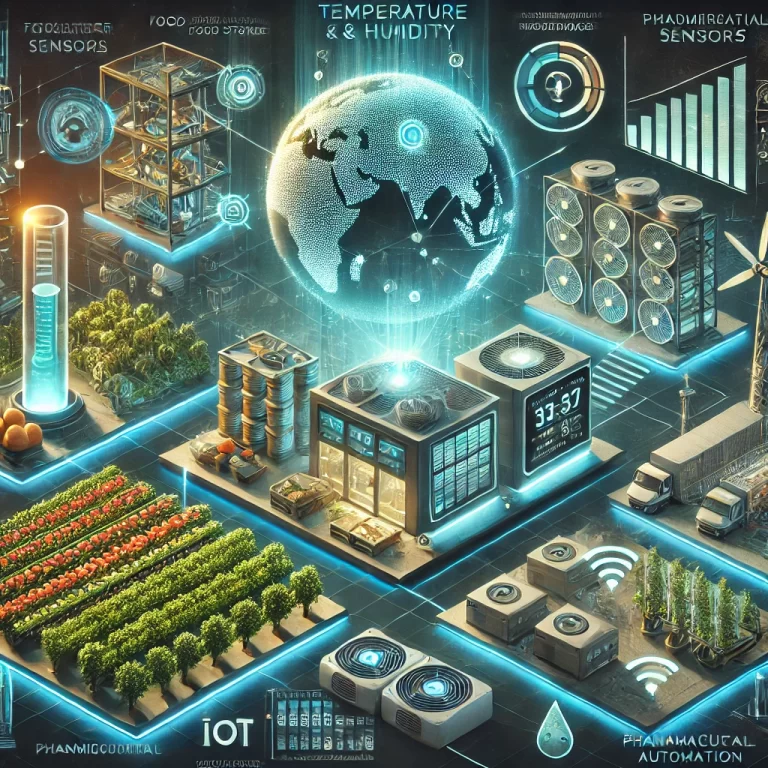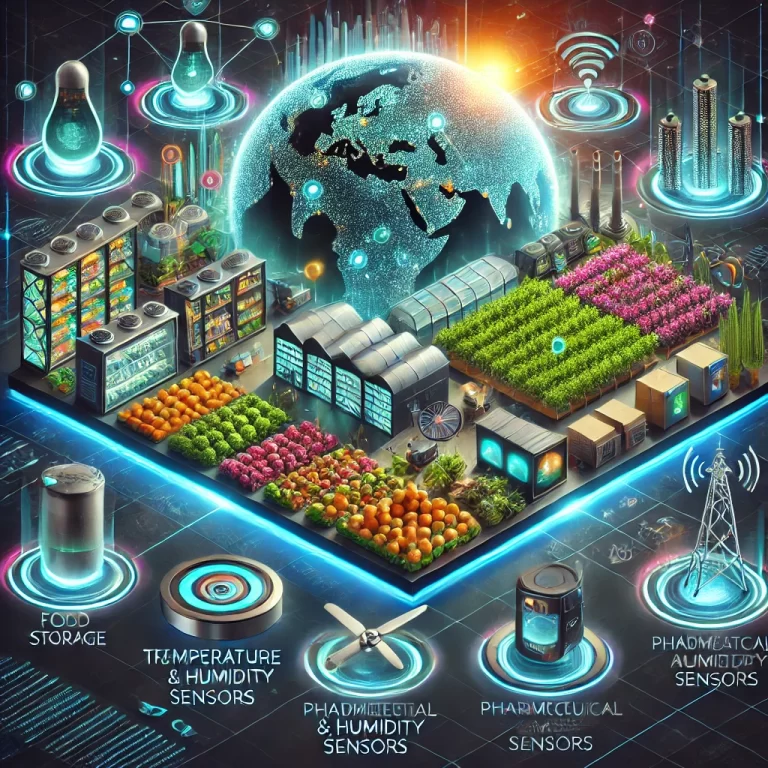Introduction
Temperature and humidity are critical physical parameters that significantly influence various aspects of daily life and industrial processes. Temperature and humidity sensors are devices that convert these physical quantities into electrical signals that are easy to measure and process. Most sensors in the market are designed to measure temperature and relative humidity, playing a vital role in environmental monitoring and control systems.
Industry Overview
In recent years, both domestic and international markets have made substantial progress in the research and development of temperature and humidity sensors. The technology has rapidly evolved from simple humidity-sensitive components to integrated, intelligent, and multi-parameter detection systems. This transformation has created favorable conditions for developing next-generation temperature and humidity monitoring systems, significantly enhancing measurement technology.
Market Demand and Applications
The growing demand for temperature and humidity sensors spans multiple industries. These sensors are widely used in:
Food Industry: Monitoring storage and processing environments to ensure food safety and quality.
Archival Management: Preserving documents and artifacts by maintaining optimal environmental conditions.
Greenhouses and Agriculture: Regulating climate conditions to optimize crop growth.
Animal Husbandry: Ensuring comfortable living environments for livestock, improving health and productivity.
Pharmaceutical Storage: Maintaining strict environmental controls to ensure drug efficacy and safety.
Tobacco Industry: Managing storage conditions to preserve product quality.
Industrial Automation: Integrating into control systems for process optimization.

Technological Advancements
Advancements in sensor technology have led to significant improvements in performance, including higher sensitivity, faster response times, and greater durability. Innovations include:
Integration and Miniaturization: Combining multiple sensing functions into compact devices, making them suitable for IoT applications.
Intelligent Systems: Incorporating artificial intelligence for real-time data analysis and predictive maintenance.
Wireless and Remote Monitoring: Utilizing wireless communication technologies for more flexible and scalable monitoring solutions.
Market Trends and Analysis
The global market for temperature and humidity sensors is expanding rapidly due to industrial automation and the growing need for environmental monitoring. According to market research, the market is projected to grow at a compound annual growth rate (CAGR) of X% over the next five years, reaching a value of $X billion by [Year]. Major players in the industry include [Company A], [Company B], and [Company C], all competing to innovate and capture market share.
Future Prospects Looking forward, the industry is poised for continued growth, driven by advancements in smart technologies and the increasing adoption of IoT devices. Key areas of development include:
Environmental Sustainability: Developing energy-efficient and environmentally friendly sensors.
Customization: Creating industry-specific solutions tailored to unique operational needs.
Global Expansion: Exploring emerging markets with high demand for environmental monitoring solutions.

Conclusion
Temperature and humidity sensors are becoming increasingly essential across diverse industries due to their critical role in monitoring and controlling environmental conditions. Technological advancements and expanding market demand continue to drive industry growth. Future developments promise even smarter, more efficient, and environmentally sustainable solutions, solidifying the importance of these sensors in modern industrial and daily applications.
